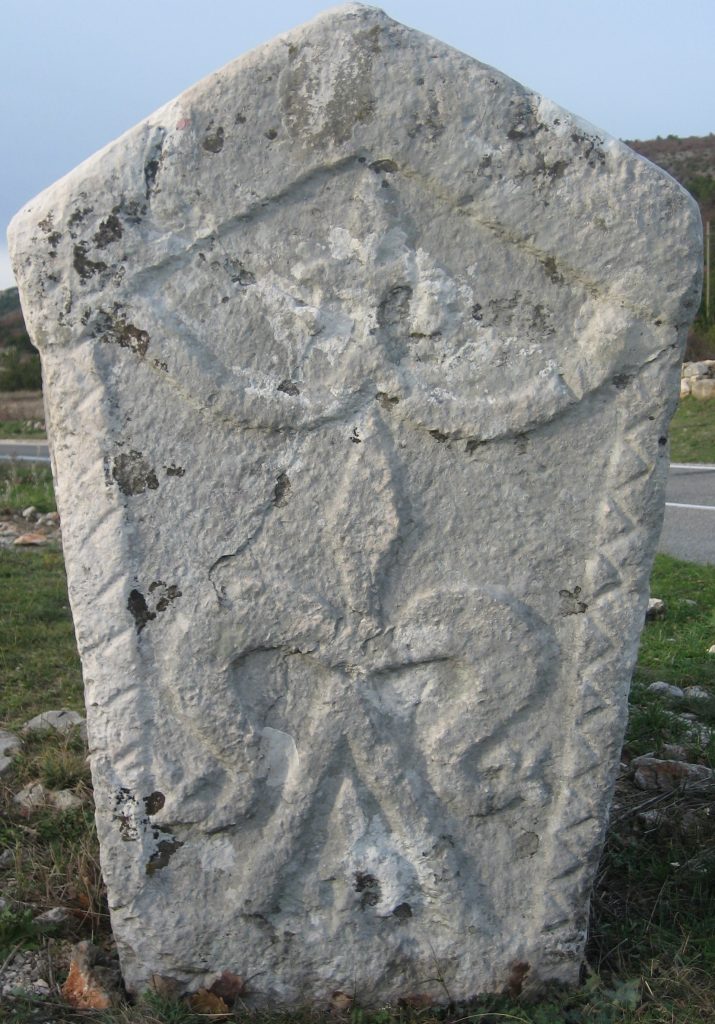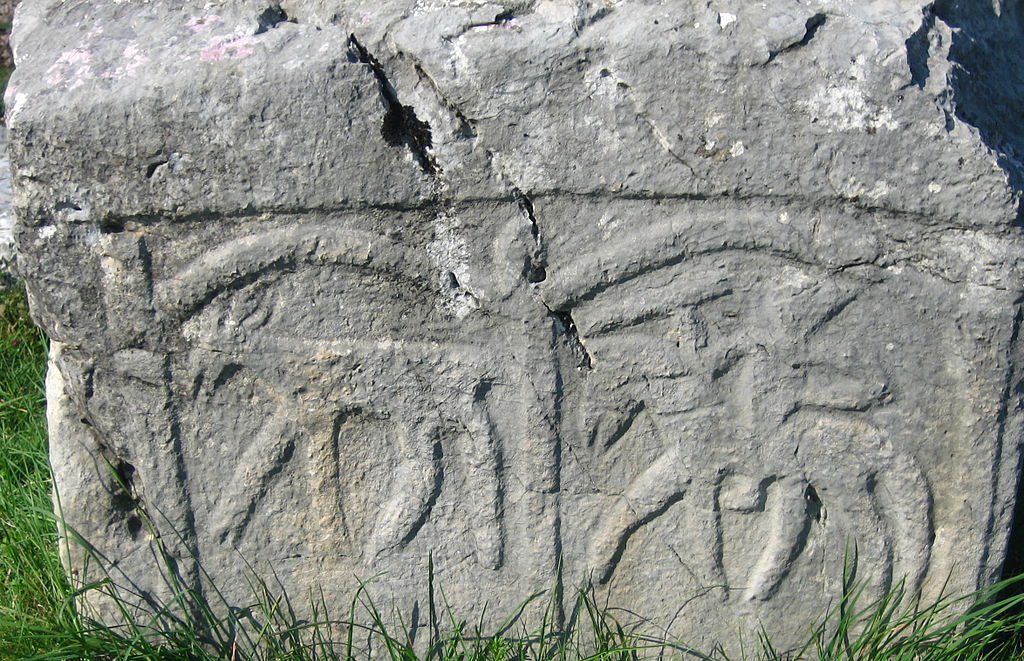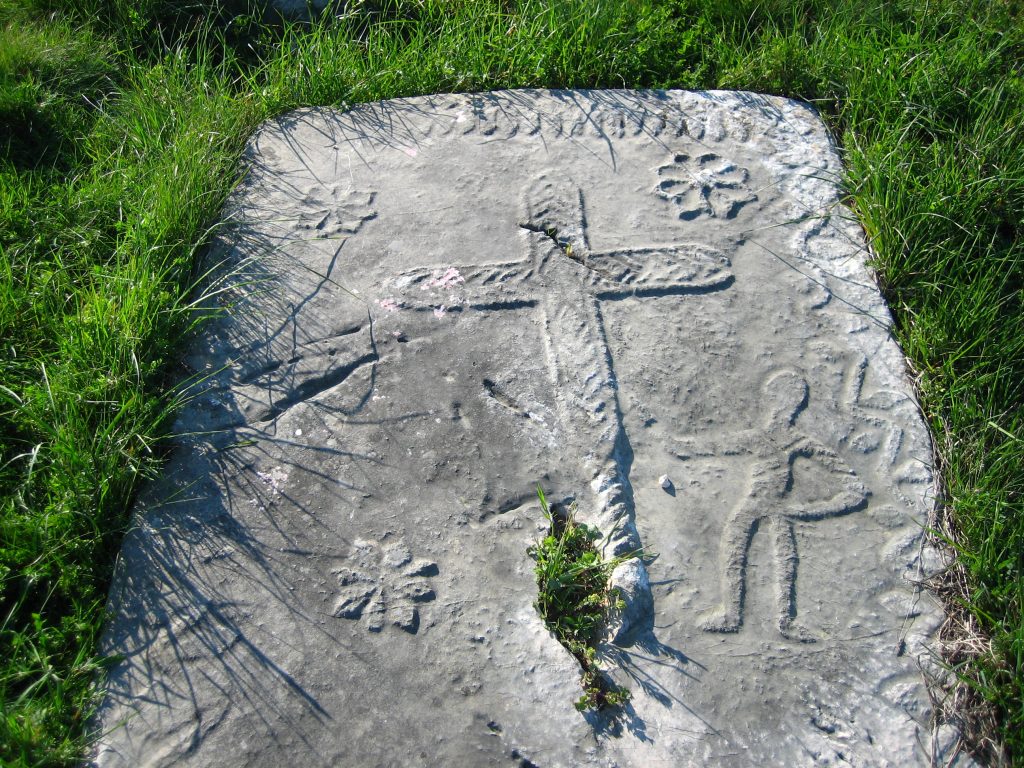October the 12th, 2023 – Gravestones are often intricate pieces of art commemorating the life lived by the person now lying peacefully underneath them, but what about stećci? There are many of these markers across Croatia and the region, with most found in what is now Bosnia and Herzegovina. What are they, exactly?
Let’s take a trip back to the 12th and 13th centuries…
Used by both the Slavs and the Vlachs, stećci are tombstones which seemed to have appeared during the 12th century. Its singular form, being stećak, originates from an older word – stojećak – which comes from South Slavic verb stajati (to stand). If we were to be as direct and as clear as possible with an English translation, we’d say that stećci are ”tall, upright (standing) things”.
While these monolithic upright stones appeared in the 12th century, they gained in popularity only during the 13th century. They fell out of use in the 16th century during the Ottoman conquests, but peaked during the 14th and 15th centuries across the region. Over 4000 of them remain in what is now Croatian territory, but most (around 60,000!) can be found in neighbouring Bosnia and Herzegovina.
Where can stećci be found in Croatia today?

Croatian stećci are typically found in Dalmatia, Lika and parts of Slavonia in the east. Some bear inscriptions written in the oldest known Slavic alphabet – Glagolitic, while others bear Cyrillic or Latin inscriptions. These inscriptions vary (sometimes greatly) when it comes to what they actually say. Rather than expressions of peace and eternal rest, feelings of doom, fear and anxiety can often be drawn from what is written. Information on the deceased, their family members, some sort of religious or moral wisdom, as well as how the individual died (usually heroically) also typically appear on stećci.
Grand depictions of religious scenes, or vines, posthumous kolo dancing and crescent moons (among other imagery) are often found on stećci, as well as depictions of animals such as horses, deer with snakes, or deer with birds. It is believed that some of these depictions, such as the one of a deer accompanied by one bird, represent the soul of the individual being taken off from this world into the next, where their life will continue outside of what we deem earthly and natural – the body.
These symbols are a true mix of belief systems, representing the crossing over of the beliefs seen in Paganism, among Romanised Illyrians and also among Early Slavs with (what was then) impending Christianity. Given the fact that an almost insurmountable amount of time has passed since stećci were used, many elaborate symbols and inscriptions have been rendered difficult or impossible to make out, and damage to them is common.
One excellent example of a translation of a rather unsettling old inscription on a stećak is the following:
“I have for long lain here, and for much longer shall I lie”; I was born into a great joy and I died into a great sorrow; I was nothing then, I am nothing now; You will be like I, and I can not be like you; May he who topples this stone be cursed”
Notable Croatian stećci (UNESCO locations)

Stećci have been on the UNESCO World Heritage List since 2016, and while the most well-preserved of them all can be found close to Stolac in neighbouring Bosnia and Herzegovina, there are two Croatian stećci inscribed by UNESCO – Velika i Mala Crljivica (in Cista Velika) and St. Barbara (in Dubravka, Konavle).











